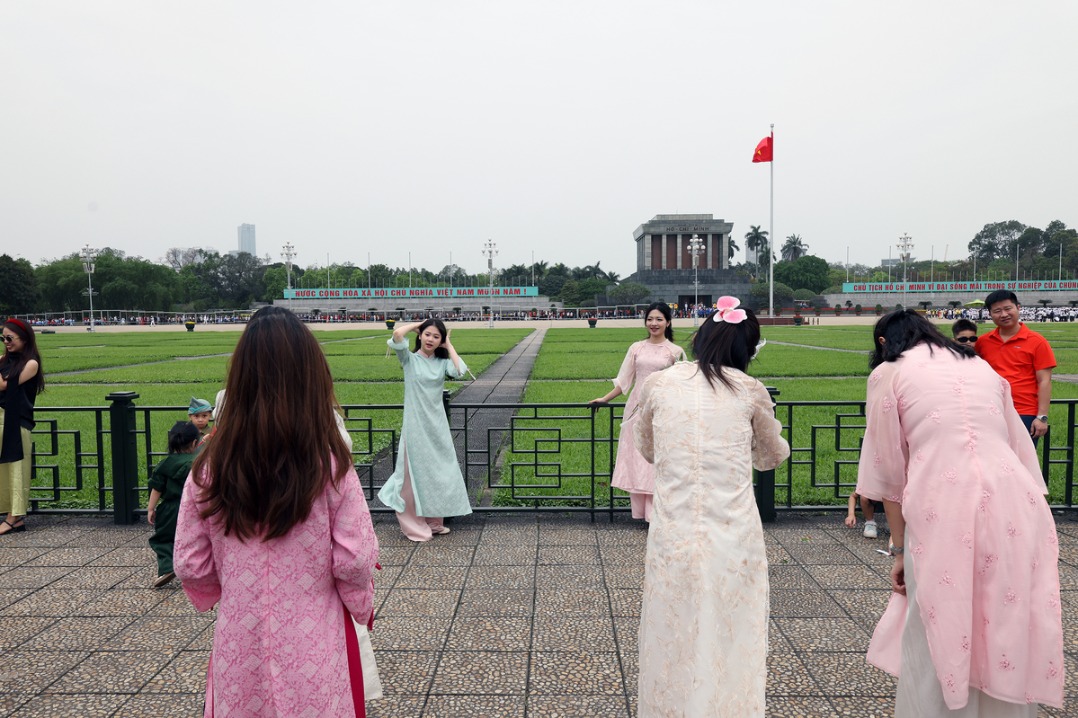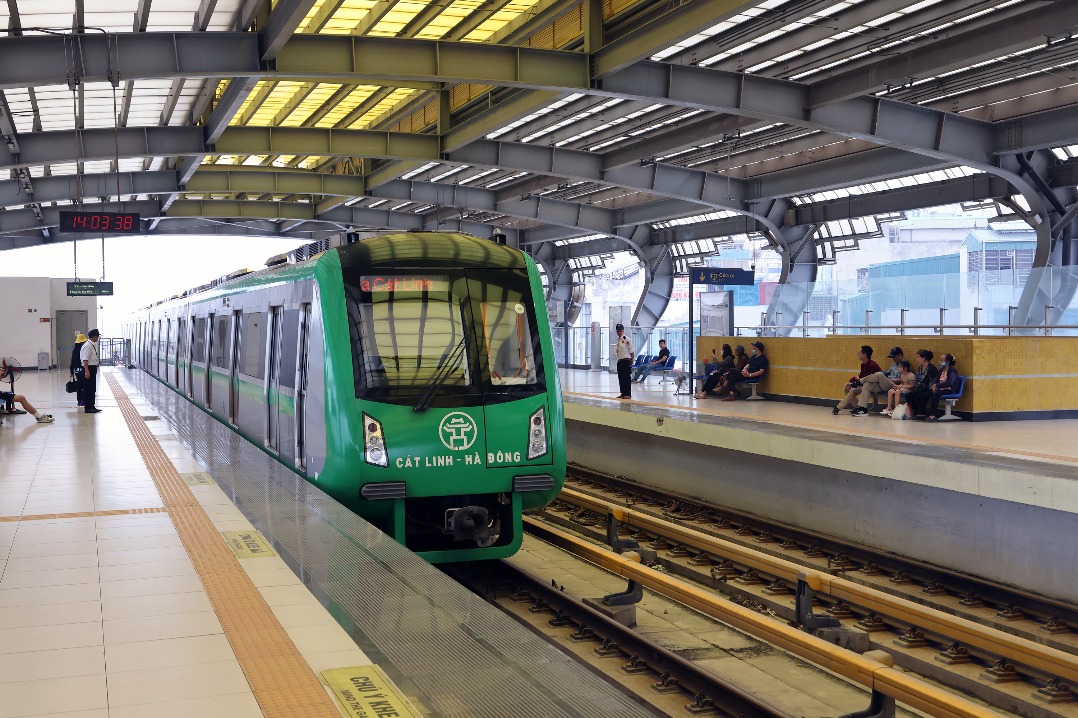A natural bond
By ZHAO XU | CHINA DAILY | Updated: 2023-09-09 06:52

The rows of earth platforms remind Wang of the rows of identical-looking houses seen everywhere in rural Zhejiang province today, whose capital city, Hangzhou, is where the Liangzhu ruins are located. With the wooden abodes they had once supported long gone, these platforms, measuring about 100 square meters each, amount to small islands of memory, all that's left of those who once lived there, in houses with a floor space of about 20 square meters, and buried there, in the underground pits dug out on both sides of each abode.
"These people were full-time peasants who, through their hard, skilled labor produced enough food to free others from the field," says Wang. "The majority of the newly created labor force took up arts and crafts, producing everything from pottery to lacquerware and jade items, the latter allowing the Liangzhu people to decorate themselves and express a faith to which they all seemed to have subscribed."
The craftspeople lived mostly inside the walled city. In the same ancient river course running along the palatial complex, where giant logs have been unearthed, archaeologists found discarded jade materials and lacquerware, among other things.
"Rivers were both transportation routes and dumping sites, where people living in the vicinity threw their household waste and other unwanted stuff. What we've found there pointed to the existence of various workshops along their banks," says Wang.
In sharp contrast, no paddy fields and earth platforms — except for the one propping up the palatial complex — have been discovered inside the city, pointing to a clear urban-rural divide.
"The fact that the two city walls are dated to a period slightly later than the one assigned to the water system and the palace is proof of the gradual formation of delineated spaces with different functions," he says.
























